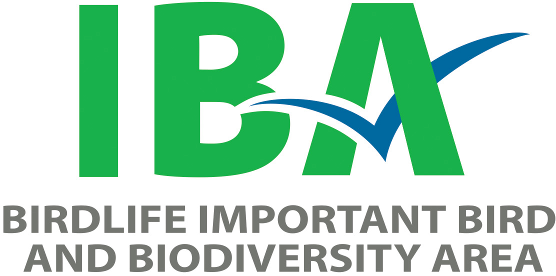Squamish River Area (BC023)
Squamish, British Columbia
Site Description
This site includes the rivers and shorelines of the Squamish, Mamquam, and Cheakamus rivers, and is centred roughly on the village of Brackendale, which is located about 8 km north of Squamish, BC. The site includes the Cheakamus River from the confluence with the Squamish River, upstream to Paradise Valley. The three rivers flow through narrow but relatively flat floodplains in deep mountain valleys. The surrounding mountains are of the granitic Coast Range, with the valley bottoms consisting of gravel outwash from rivers and glaciers. The rivers are lined with riparian stands of large cottonwood and adjacent forests of Western Redcedar, Western Hemlock, Douglas-fir and Red Alder. The Brackendale area is thinly built up with housing, while the BC Rail Line and Highway 99 (running from Vancouver to Whistler) run through the area. These rivers have an important winter run of Chum and Coho Salmon.
Birds
This area attracts large numbers of Bald Eagles from December through February, which feed on the spawning Coho and Chum Salmon. Peak numbers of eagles generally occur in mid-January, although this varies from year to year. Christmas Bird Counts usually occur before this peak, and single-day eagle counts often miss the peak as well, but it is likely that about 3,000 eagles are present at the annual peak period. This is about 3% of the global population. Single day counts have been as high as 3,700 (1994). This concentration of eagles is the largest in Canada, and along with the Chilkat River, near Haines, Alaska has the largest concentrations of Bald Eagles in the world.
These rivers host other birds in winter, some of which are attracted to the salmon runs: American Dipper (approximately 100 birds), mergansers, goldeneyes and ravens. A small wintering population of Trumpeter Swans (30 to 50 birds of the Pacific population) uses the Squamish estuary. A pair of Peregrine Falcons also use the Squamish estuary as hunting grounds.
Conservation Issues
Concerns for the eagles at this site centre on habitat alteration. Trees that are used by the eagles for roosting are being removed, and the riverine ecosystem, crucial for salmon spawning, is being damaged. The eagles are also being disturbed by too many eagle-watchers, some of whom approach too closely. An airport proposed near the site may increase disturbance as well.
IBA Criteria Habitats Land Uses Potential or Ongoing Threats Conservation Status

